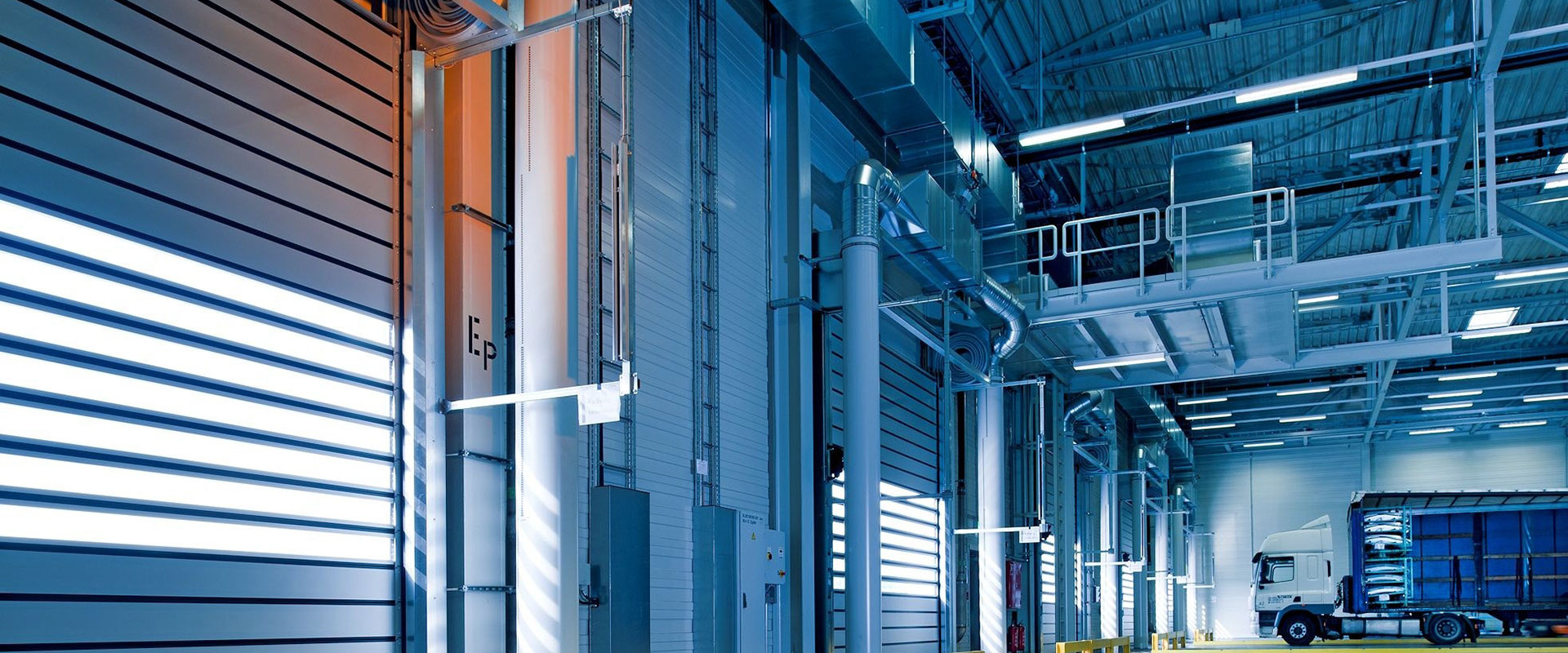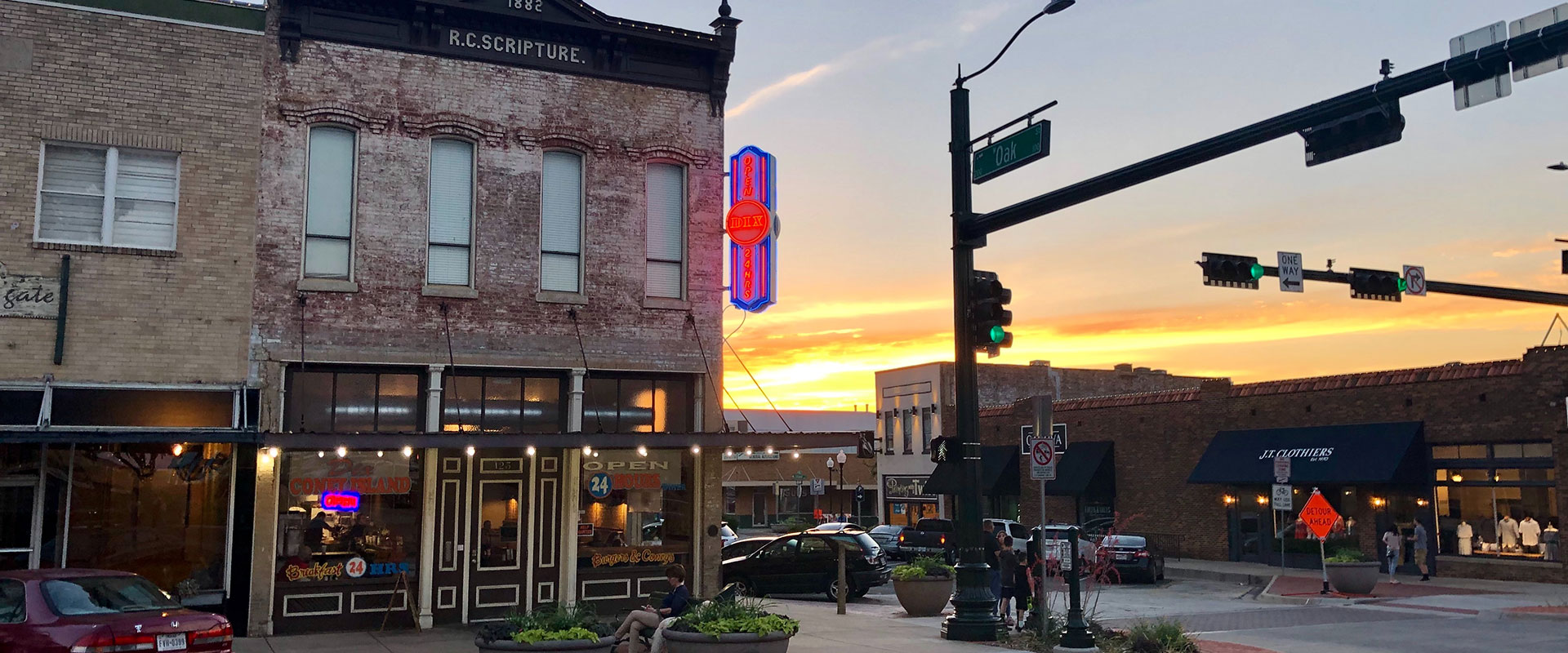Most organizations that deal in goods/product movement benefit from implementing reverse logistics strategies. Reverse logistics can play an important role in an organization’s growth, helping them to improve customer service and response times, grow environmental sustainability, and support social responsibility.
Essentially the exact opposite of the traditional supply chain, reverse logistics is defined as the process of transporting goods from their intended destination back to the seller or manufacturer. The process includes ecommerce/retail returns and a return of components, materials, and supplies for refurbishment, recycling, or remanufacturing. Sometimes, those products are resold or permanently disposed.
Other types of reverse logistics that can occur after initial purchases include:
- Delivery failure
- End-of-life
- Packaging
- Refurbishing
- Rentals
- Repairs and maintenance
- Returns
More Opportunity in 2021
Many experts predict that reverse logistics operations will continue to thrive in 2021. The original findings included a concern that substantial returns after the holiday season might create challenges but that strong commercial real estate and supply chain management could address some of those issues.
Experts anticipated consumers could return up to $70.5B of their holiday purchases. Because the pandemic forced more people to embrace online platforms to fulfill their shopping needs, the National Retail Federation forecasted that online sales could hit $234.9B.
Ecommerce returns, however, aren’t easy for distribution networks to accommodate, and they add costs for retailers — up to 59% of the item’s original sales price. That said, the reverse logistics industry is poised to create even more opportunities for third-party logistics (3PL) operators.
Experts suggest that companies currently occupying second-generation spaces will upgrade to new construction, freeing up more Class B space for reverse logistics operators. We could see as much as 400 million sq. ft.used over the next five years to process returns.
Opportunities for 3PLs
Because many retailers rely on 3PLs to manage returns and reserve premium space for supply chain movement, 3PL providers have driven an increased demand for industrial real estate. One report concluded, “As of October 2020, 3PLs accounted for 27.1% of the transaction volume for deals of 100,000 sq. ft. or more, compared with 22% for e-commerce occupiers. Large 3PLs that offer reverse logistics services include XPO Logistics, Geodis, FedEx, UPS and NFI Industries.”
Some retailers plan to open hybrid stores designed to accommodate a new distribution and fulfillment strategy that not only handles inventory control and fulfillment but also reverse logistics operations. To save money, more companies will tout the customer benefit of returning items to the stores in lieu of using the postal services, which add significant cost and dramatically shrink profits.
Pre-pandemic, over 50% of shoppers preferred to return items to the stores; but the increase in online returns has led to a significant amount of inventory piling up in distribution centers. It’s less easy for retailers to send excess and stale inventory to outlets, wholesalers, or liquidators.
Increased Development to Accommodate Reverse Logistics Operations
Retailers rely on their supply chains to help maintain inventory in brick and mortar stores — and to fulfill online orders. During peak periods, like the holidays, traditional forward fulfillment requires four to seven times more space than during less busy times. When online orders increase, customers return more inventory, and demand for space increases — especially during the holidays.
Enter reverse logistics. This supply chain, however, requires up to 20% more space, although specific products and goods that customers return does drive the space and real estate criteria. A majority of reverse logistics operators prefer Class B (or second generation) space, with lower ceiling heights. Why lower ceilings? Unlike regular supply chain logistics, returns require higher human involvement. It’s more difficult to automate processes. And because palate loads can differ in size and shape, it becomes a challenge to safely stack and store them in higher racks.
Many econometric advisors forecast that ecommerce growth over the next five years will require reverse logistics to procure another 1.5 billion sq. ft. of industrial space. The industry has already seen increased warehousing requirements, with the average warehouse lease of 100,000 sq. ft. hitting a record 272,000 sq. ft. in Q3 2020.
Researchers and analysts from one CRE company note that because the pandemic did not dampen demand, as many had predicted, leasing volumes hit 542.2 million sq. ft., increasing in 2020 by 26.9% over 201 demand. Ecommerce also dominated the 2020 leasing market to represent 16% total leasing for the year.
Retailers will continue looking to the suburbs and cities to build new or utilize existing warehouse space. The pandemic changed how consumers shop, so companies will need to continue looking for ways to build goodwill with customers who need to return products. After all, a good reverse logistics strategy must factor in returns, which are a critical part of the shopping process.
Organizations — whether they’re suppliers, manufacturers, distributors, or retailers — who have or plan to implement reverse logistics strategies:
- Improve customer service and response times
- Shrink environmental impact by reducing waste
- Improve overall corporate citizenship
While the primary goal of a reverse logistics process is to increase revenue and shrink expenses by recovering value from returned goods/products, this strategy can also boost the overall supply chain efficiency by separating operations. For the process to work well, however, companies that implement the strategy need more warehousing space. A high-functioning system requires strategy, space, and an experienced 3PL partner. If you’re looking for more warehouse space to segment operations or you need help developing a strategy that’s right for your company, talk to one of the members in our CREA United Retail, Industrial, or Construction groups.

